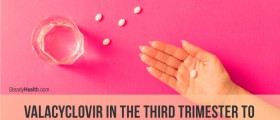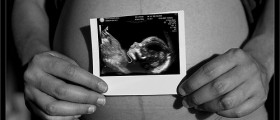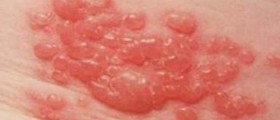
The virus associated with the occurrence of fever blisters (Herpes Simplex virus -HSV) is very contagious. It is even possible that a person does not develop any symptom or sign of the infection but still is contagious and can transmit the virus to other people. Fever blisters or cold sores are skin changes that typically develop in people suffering from infection caused by Herpes Simplex virus. There are two types of the virus. One of them (HSV type 1) is responsible for the formation of fever blisters (oral Herpes Simplex infection) while other (HSV type 2) leads to genital herpes infection. Fever blisters as well as cold sores are skin changes associated with the infection caused by type 1 HSV. While fever blisters affect the skin of the lips, the nostrils and chin or cheeks, cancer sores are typical changes that occur inside the oral cavity.
When is the Virus Most Contagious?
The person suffering from fever blisters is contagious as long as there are noticeable fever blisters and until they start to crust. The virus can also spread while the new skin is forming in the affected area. This is why it is essential to avoid any kind of physical contact with other people and prevent potential transmission of the virus. Apart from avoiding kissing and touching of any kind, infected people are not supposed to share food utensils and anything that may touch other people's skin or mucus membrane.
Additional Info Regarding Fever Blisters Contagiousness
The infection caused by type 1 HSV goes through 5 stages. The first one features with tingling sensation and this is actually an introductory stage to outburst of fever blisters. The skin that is going to be covered with fever blisters is itching, sore and swollen. The second stage includes development of fever blisters. The third stage is the most contagious and is known as weeping stage. This particular stage includes rupture of fever blisters and formation of shallow reddish ulcerations. The liquid normally found inside fever blisters contains huge amount of viral particles that are easily transmitted. And finally, the fourth stage (crusting of the ulcers) and the fifth stage gradual healing are not so contagious as the third one.
Many people get infected in case they have been in contact with a person who is in the third stage of the infection. The virus is easily spread via liquid from the blisters and there is also a change for transmission of the infection via infected saliva and droplets that are found on items such as eating utensils, lipstick, lip balm, tea cups, toothbrush, face towel etc.

















Your thoughts on this
Loading...